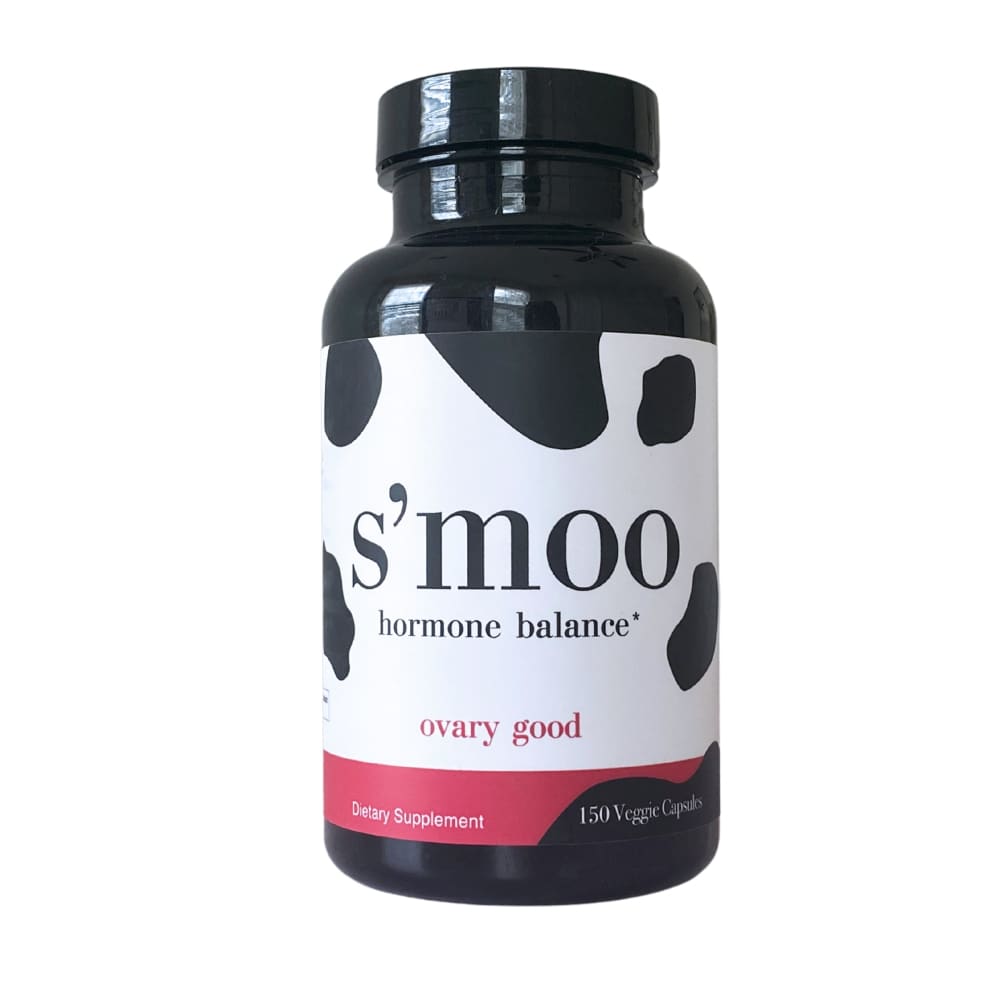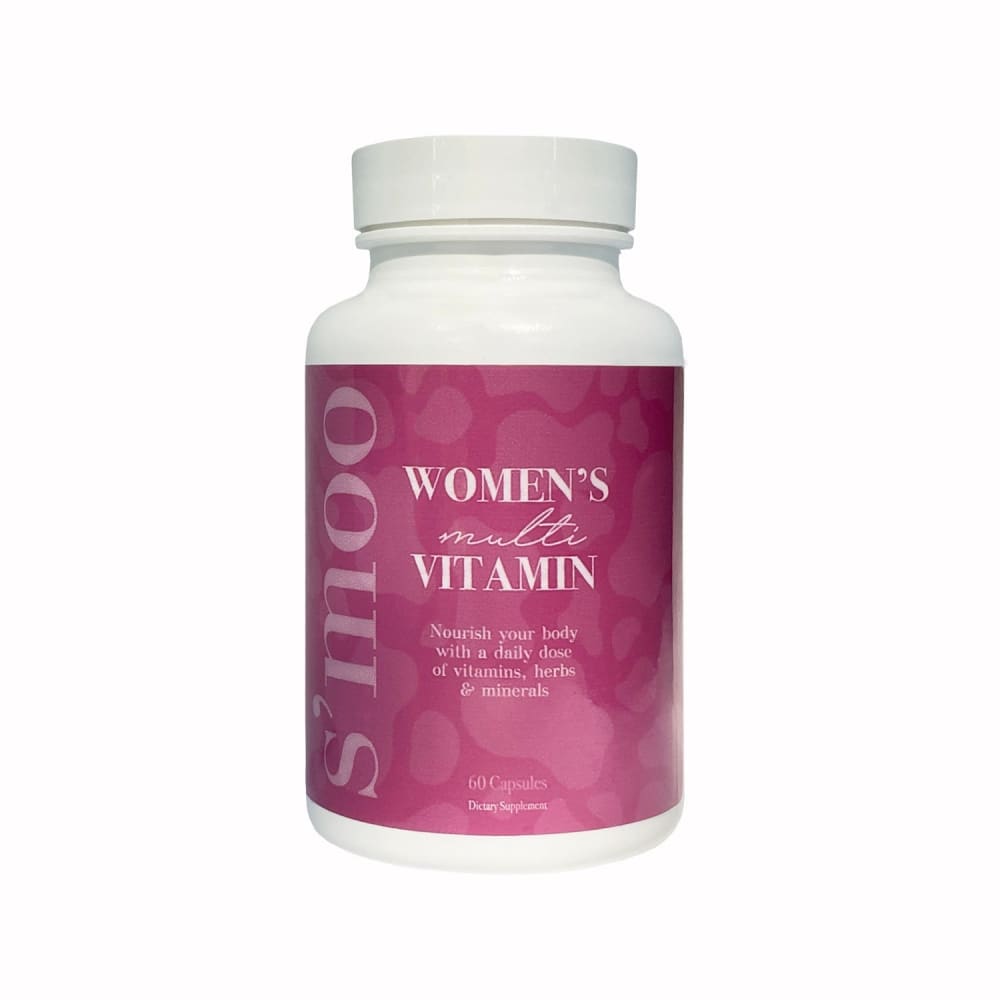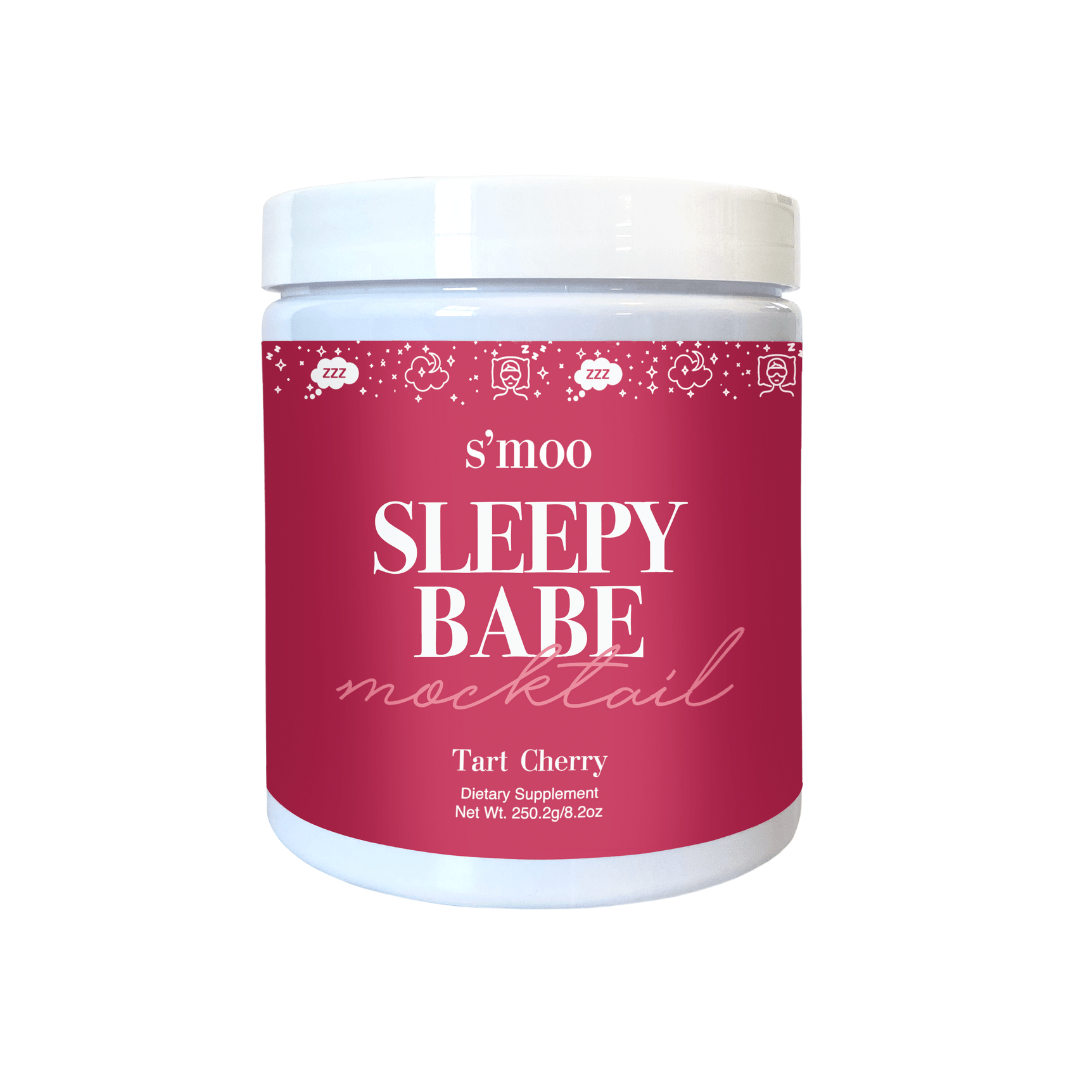How to Increase Progesterone: Products & Foods That Boost Progesterone
How to Increase Progesterone: Products & Foods That Boost Progesterone
You’re doing all the right things to try for a baby. Tracking your cycle, eating better, avoiding paper receipts (is that even a thing?). You confirmed ovulation and got busy on what you can only guess are the “right days”… turns out the fertile window is more critical than the first 48 hours of a crime scene. So why are you still getting a period month after month?
Hormone imbalances are a leading reason for infertility in women. The main hormones that play a role in conceiving are estrogen and progesterone.
Progesterone comes into play in the second half of your cycle – helping you get and stay pregnant. Low progesterone can lead to problems with fertility or maintaining a pregnancy.
But don’t be intimidated by low hormones. You can make lifestyle changes to fix imbalances and keep trying for a baby today. Read on to learn how to naturally increase progesterone.
Why Do We Need Progesterone?
Progesterone gets its name from “pro-gestation.” It’s giving supportive mom energy during your menstrual cycle – rooting you on to become pregnant after ovulation.
Estrogen works with other hormones to release a mature egg at ovulation. After ovulation, progesterone prepares the womb for a potential pregnancy.
If the egg is fertilized, progesterone aids implantation. This is when the egg implants in the uterus to begin growing. Progesterone thickens the uterine lining to give it a safe place to grow. It also prevents contractions, so the egg isn’t rejected.
Progesterone continues to support the pregnancy until the placenta is formed. The placenta, which nourishes the baby, also makes progesterone. This prevents more eggs from being produced in pregnancy. [1]
Symptoms of Low Progesterone
If you get PMS, you’re probably already an expert on the symptoms of fluctuating progesterone. Feelings of edginess, anxiety, and cravings are all related to the changing hormone. So how does low progesterone show up physically?
Symptoms of low progesterone include: [1]
- Spotting outside of your period
- Irregular menstrual cycles
- Abdominal pain or spotting during pregnancy
- Frequent miscarriages
Knowing low hormone symptoms helps you watch for changes throughout your cycle. There are many pieces to the puzzle when it comes to fertility – and knowing your hormone levels is a start. Ask your doctor if you should have your hormone levels checked.
Possible Causes of Low Progesterone
Hormonal imbalances can happen for a number of reasons. These are a few common causes of low progesterone:
- Stress. Everyday stressors come and go – and your body is prepared to deal. But prolonged stress can lead to inflammation in the body. Inflammation can cause hormone imbalances like low progesterone. The stress hormone cortisol can also prevent progesterone secretion.
- Skipping ovulation. Low progesterone levels can be a sign of anovulation. The corpus luteum is a temporary structure that releases the egg. After ovulation, the empty egg follicle releases progesterone. If the follicle is occupied by an egg, progesterone can’t find its way out.
Anovulatory cycles are often the result of other hormone imbalances. If the hormones responsible for ovulation are off, an egg may not be released. [2]
Other issues, like a short luteal phase, are linked to low progesterone. For more information on the causes of low progesterone, visit the S’moo blog.
Foods That Boost Progesterone Levels
Because it’s a hormone, progesterone doesn’t occur naturally in foods. But eating certain foods can support hormone production. Boost progesterone, and your intake, with these choices.
Magnesium-Rich Foods
Magnesium influences the communication system called the HPA axis, or the hypothalamic-pituitary-adrenal axis. This channel sends information between the brain and kidneys to regulate different processes in the body. It controls stress and immune responses, metabolism, and hormone production. Adding magnesium to your diet supports a functional HPA axis – and helps naturally balance hormones. [4]
Avocados
America’s favorite savory fruit is packed with hormone-balancing benefits. Avocados are rich in magnesium and B6. Vitamin B6 is often used to prevent or treat progesterone deficiency.
Citrus Fruits
Vitamin C is a natural antioxidant – and citrus fruits are jam-packed. It reduces oxidative stress in the body. Inflammation from stress is a common reason for hormone imbalances.
Boost progesterone naturally by adding vitamin C to your diet. Tired of oranges and lemons? You can get vitamin C from other sources like strawberries, tomatoes, kale, and broccoli.
Nuts
For a natural progesterone boost, include walnuts, almonds, and pumpkin seeds in your diet.
Seafood
Wild-caught fish like salmon is a good source of magnesium. It also contains omega-3 fatty acids, which support fertility.
Whole Grains
Have you started eating whole grains to go gluten-free for PCOS? Whether you’re on the GF journey or not, whole grains are a natural way to balance hormones. They’re a good source of B vitamins, antioxidants, and magnesium.
Other Possible Ways to Increase Progesterone
Looking for other ways to balance hormones and boost progesterone besides diet? Lifestyle changes. If you’re wondering how to boost progesterone naturally, follow these tips.
Swap Everyday Products
Improve your chances of getting pregnant by swapping out everyday products that may affect your hormones. Many plastic products contain BPA, a chemical linked to infertility. [5]
You can cut back on plastic by:
- Switching to stainless steel water bottles
- Buying less prepackaged food
- Avoiding heating food in plastic containers
And if you’re still thinking about those paper receipts, here’s the science. A recent study found 9 out of 10 paper receipts contain BPA. [6] Whether that’s enough to impact your hormones is up for debate. To be safe, switch to digital copies at the store.
Keep Other Hormones Under Control
Progesterone works with other hormones for a healthy menstrual cycle. But, when one is imbalanced, others can follow. High estrogen, or estrogen dominance, can suppress progesterone.
Here are some lifestyle changes to counter estrogen dominance: [3]
- Getting moderate exercise
- Reducing processed foods
- Switching to a vegetarian diet
- Eating flaxseed and cruciferous veggies
The liver clears estrogen, so be mindful of supporting it. You can do this by cutting alcohol and following a heart-healthy diet. (Think low-cholesterol and dietary fats to go easy on the liver.)
Manage Stress
No matter what’s going on with your hormones, stress will continue to come your way. Finding ways to prevent and manage stress helps keep your hormones in check.
What’s a simple change you can make today to prevent stress? Start small – like washing and putting away the dishes tonight, so it’s done tomorrow. Your future self says thanks, girl.
Seed Cycling
Seed cycling is a natural way to regulate your menstrual cycle. It works by eating seeds and nuts that support hormones at each phase of the cycle. Start by eating flax and pumpkin seeds in the menstrual and follicular phases. Then, switch to sesame and sunflower seeds to support ovulation and the luteal phase.
Boost Progesterone With Hormone Balance Supplements
Now that you know how to increase progesterone, where will you start? Try Smoo’s daily hormone balance supplement to fix low progesterone today. They use ingredients like ashwagandha, vitamin C, and zinc which help reduce stress and inflammation. Inositol keeps blood sugar under control.
Progesterone isn’t the only one supporting your fertility journey – S’moo is rooting for you all the way! Improve your chances of getting pregnant with S’moo Ovary Good today.
Medical Disclaimer:
*The content in this article is provided for informational purposes only. This is not intended to prevent, diagnose, treat, or cure any health conditions. It is not a substitute for professional medical advice or consultation. Talk to your doctor before making changes to your healthcare regimen.
Sources
- Reproductive hormones
- Anovulation
- Estrogen dominance
- Magnesium deficiency induces anxiety and HPA axis dysregulation: Modulation by therapeutic drug treatment
- The Impact of Bisphenol A on Fertility, Reproductive System, and Development: A Review of the Literature
- New report: 9 out of 10 receipts contain toxic BPA or BPS










